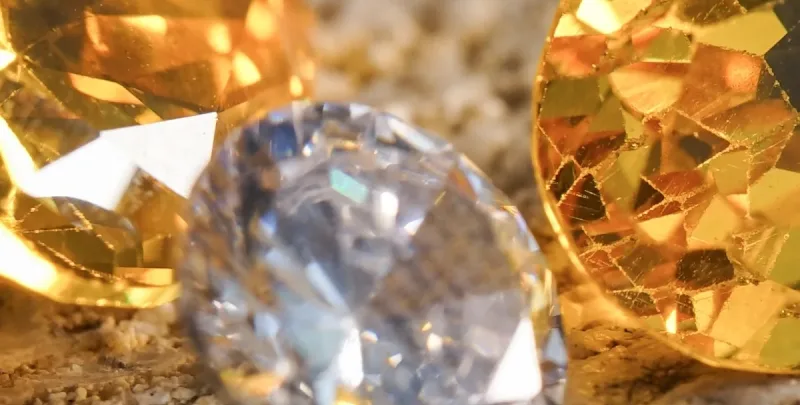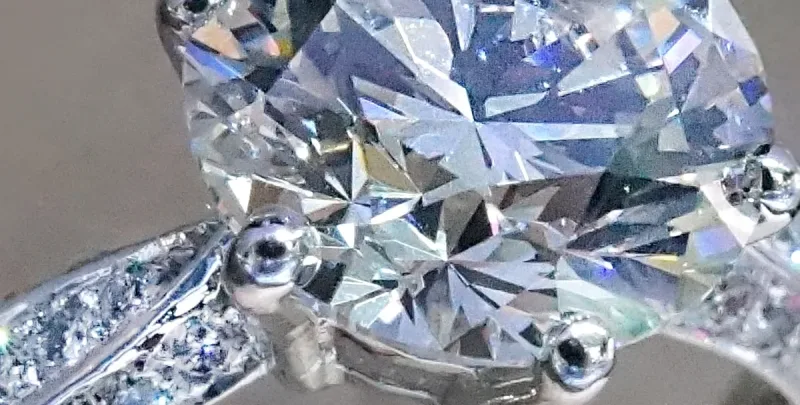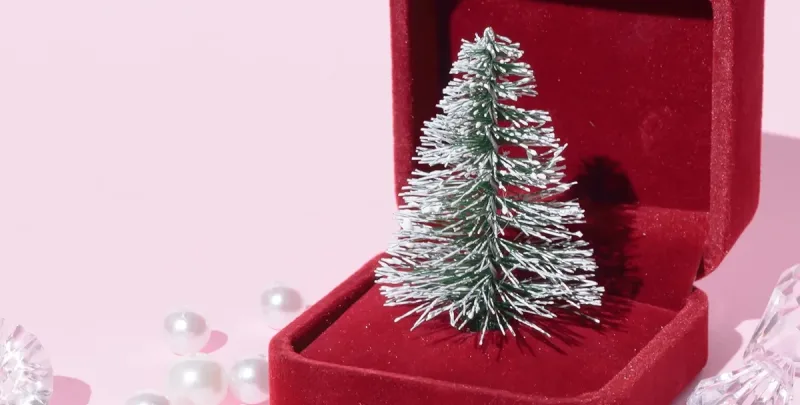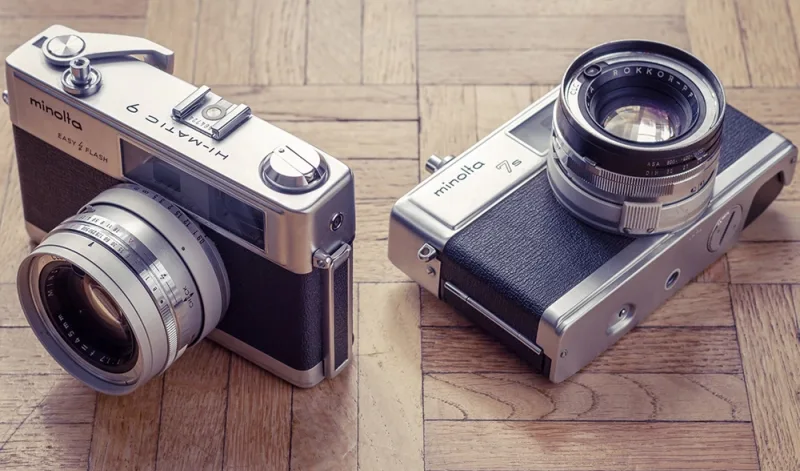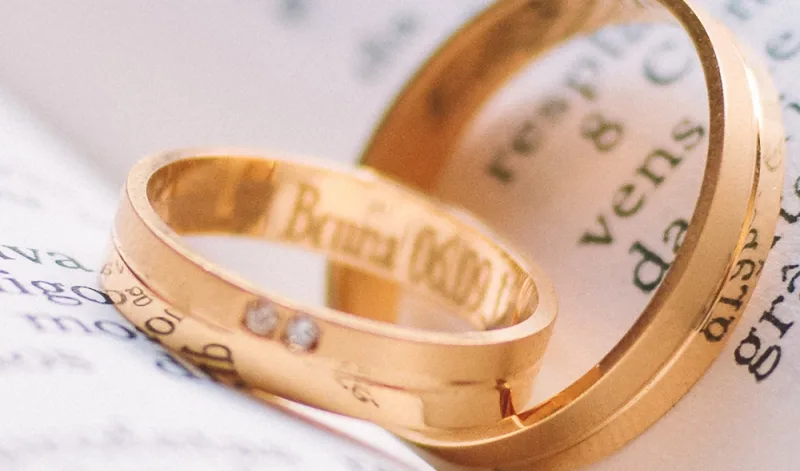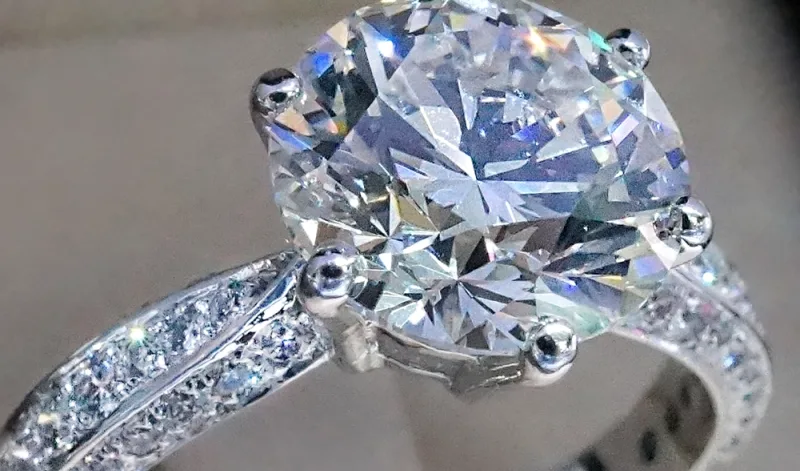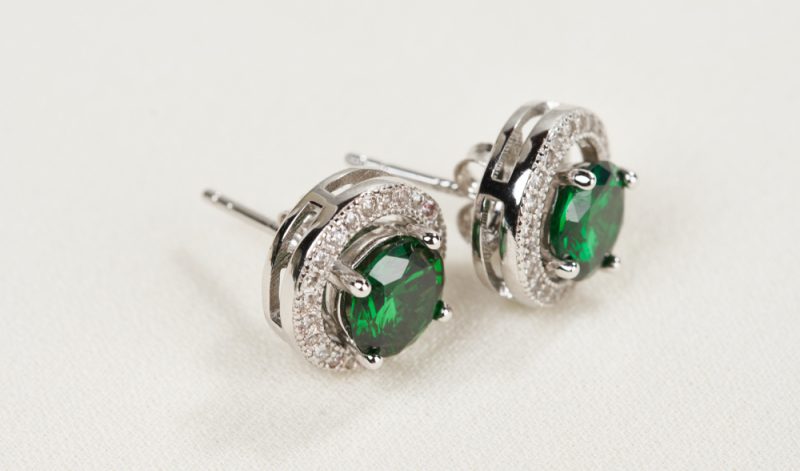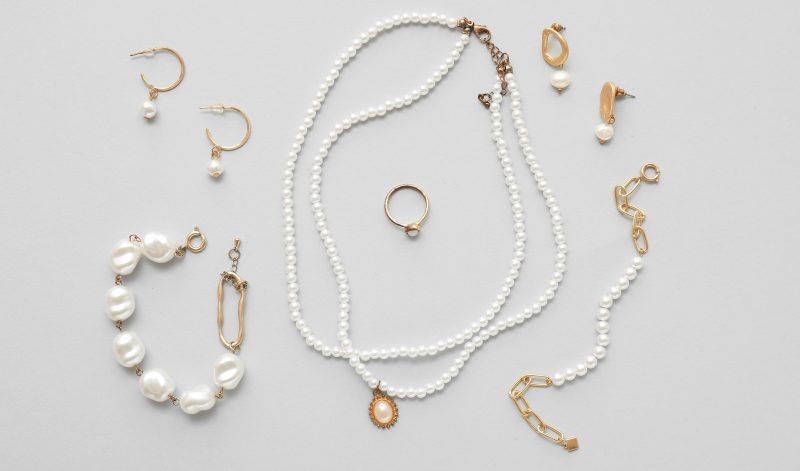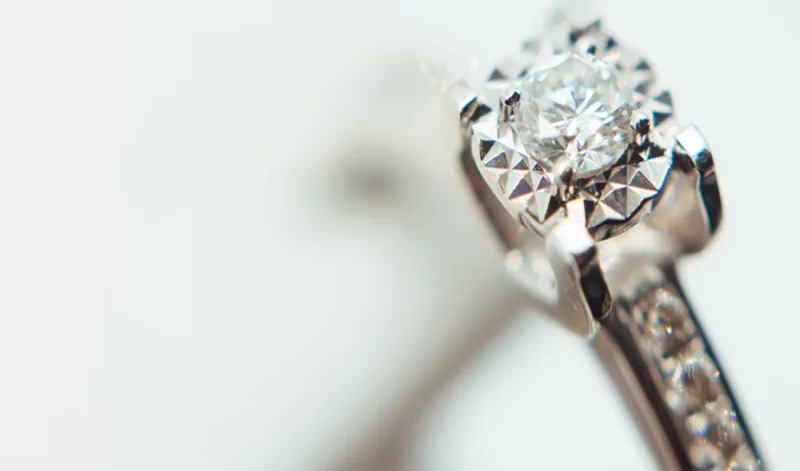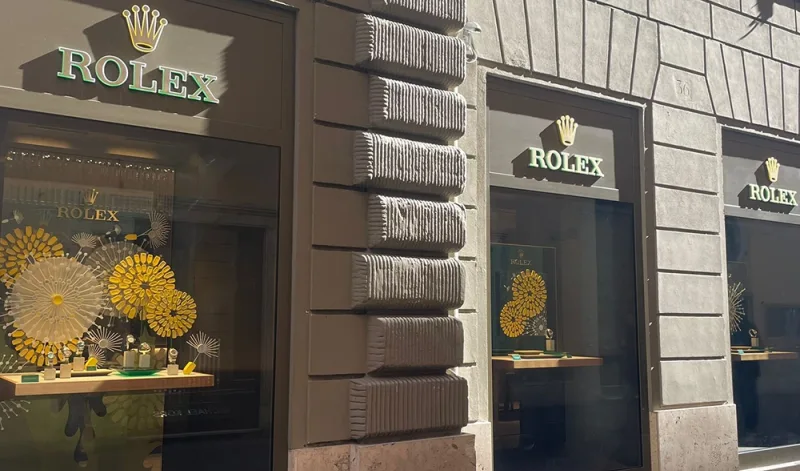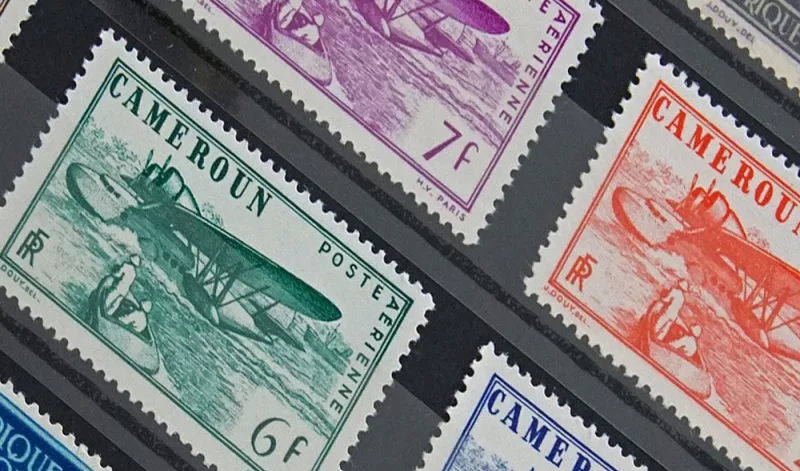The next instalment in our series of the world’s most famous diamonds is the Star of Africa. This stone is famous in its own right, however a lesser known fact is that the diamond is actually part of a much bigger piece of history that remains, to this day, in the collection of the British Royal family.
Home › Jewellery Insurance › The Star of Africa
The Star of Africa
The unearthing of…a prank?
The discovery was made by Frederick Wells, a superintendent at the Premier Mine near Pretoria, South Africa in January 1905. So astounding was the discovery that Wells and many of his colleagues initially believed the stone to be a prank. In fact, rumours suggest that the diamond was, at one point, even thrown out of the window, having been dismissed as a joke. Upon further examination, however, the gem was found to be genuine and remains to this day the largest diamond ever discovered.
A discovery fit for a King
The finding caused a stir in the industry, as the newly unearthed stone trounced the record set by The Excelsior diamond only 12 years earlier. Named the Cullinan diamond, after the owner of the Premier Mine, Thomas Cullinan, the diamond weighed in at an incredible 3106 carats. Remarkably, however, many experts believe that this may only be a fraction of the full artefact – examination revealed that one side of the diamond was perfectly smooth, suggesting that the stone had originally been part of a larger diamond that had been broken naturally over time. No finding has yet authenticated this claim, however.
Such a find was deemed worthy only of nobility, and the English Royal family were first in line to be offered the gem. It was intended as a gift to King Edward VII, who was very hesitant to accept. He was later persuaded by none other than Winston Churchill.
The maiden voyage of the Star of Africa
A particularly remarkable chapter in the story of the diamond is its journey to England. Those responsible knew the risks that would come from trying to transport the diamond, and so an elaborate scheme was set up to ensure its safe arrival in England. Officials organised a boat to carry the stone, heavily guarded throughout the journey. However, unbeknown to many, the real diamond was actually on its way to England in a plain box in the mail. A fake was carried on the boat, in an attempt to mislead those interested in stealing it. The ruse worked and the Cullinan arrived safely in England a short time later.
A Royal occasion
Once in England, the Cullinan was presented to King Edward VII on his 66th birthday. The King later brought in Joseph Asscher, of Asscher’s of Amsterdam, to cut the stone into what was eventually nine large stones and 96 smaller stones. The risk of ruining the stone during the cleaving process was high, and Asscher’s task was far from easy – many accounts claim that he even fainted in relief upon successfully cutting the diamond for the first time.
The task was soon complete and Asscher was left with nine extraordinary stones, later named Cullinan I (or the Star of Africa) to Cullinan IX. He reserved the two largest for King Edward, however the remaining seven soon also found their way to the Royal family. In 1910, the stones were purchased by the new government of the Union of South Africa and given to Queen Mary as a gift.
An impressive collection
While the whereabouts of the 96 smaller stones is largely unknown, the nine larger stones remain in the ownership of the British Royal family. The Star of Africa, or Cullinan I, is the largest polished white diamond in the world and resides in the head of the Sceptre with the Cross while Cullinan II is currently mounted in the Imperial State Crown. Cullinan III and IV were once set in the Crown of Queen Mary but were removed in 1914. Now they are often worn together as a brooch by Queen Elizabeth II who, as the granddaughter of Queen Mary, affectionately calls them “Granny’s Chips”. The remaining stones are also a part of the Royal collection, including Cullinan IX which is set in a platinum ring.
Protection for your collection
Whether your diamond is one of the 96 fragments of the Cullinan or your own personal treasure, Assetsure’s Diamond Ring Insurance can cover the financial worth of your ring so that, if it should be lost or stolen, you have the cover you deserve.
